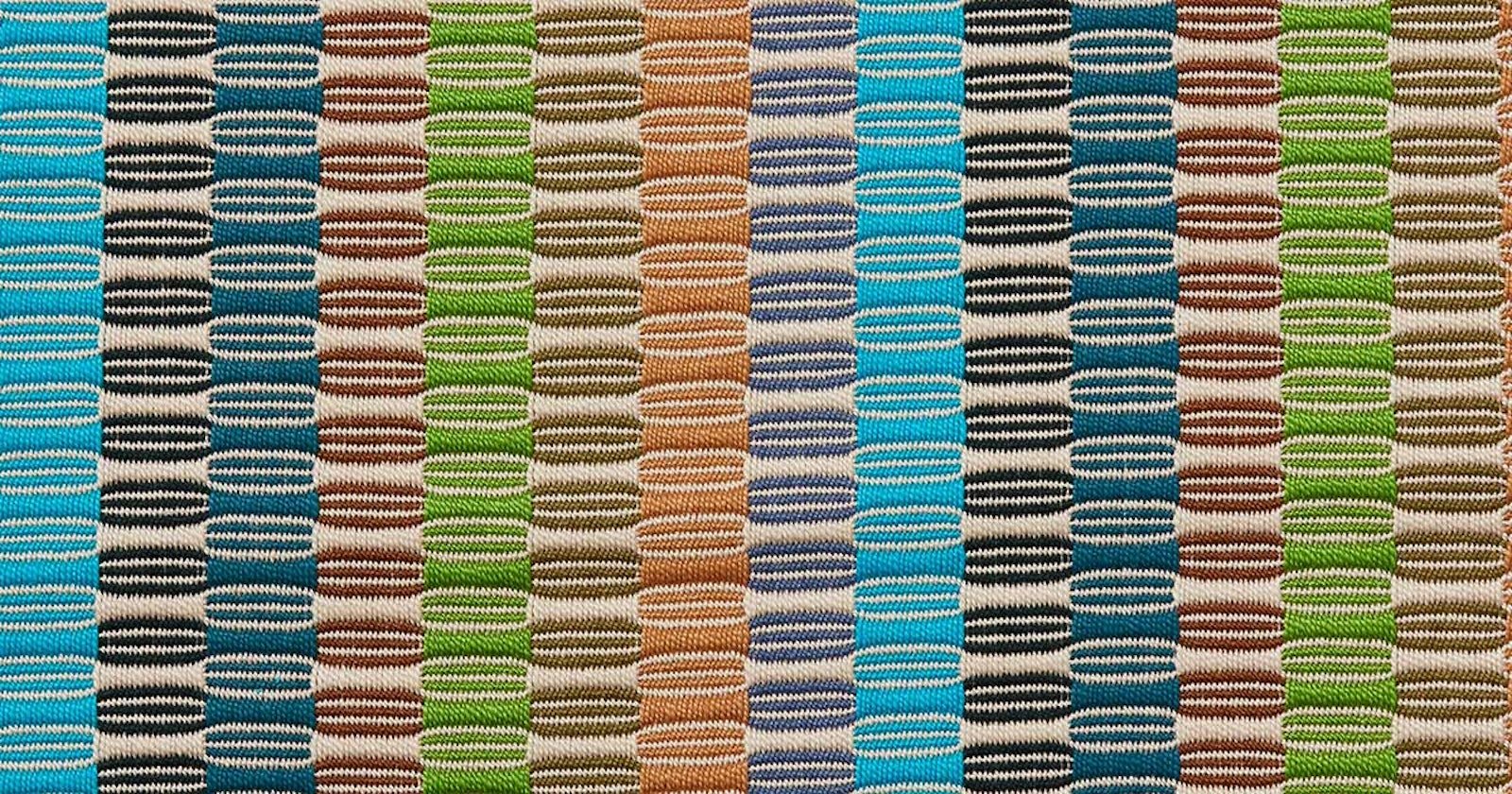We often talk about building blocks of knowledge. You don’t go from basic math to calculus. There are subjects in between—such as algebra—that you need to visit along the way. Likewise, you don’t move from microwaving Hot Pockets to putting out a gourmet spread without learning some basic cooking techniques and the language of cooking.
The same goes for profile drafts. I wouldn’t recommend that a brand-new weaver jump into profile drafts. It’s not because the subject is difficult, but a grasp of profile drafts needs to be layered onto a basic understanding of drafts. Deb Essen and I are among the many weavers who happened upon a profile draft too early in their weaving career, didn’t understand what they were looking at, and turned the page. I had a friend who tried to thread and treadle a profile draft—with, let’s say, very bad results! She thought she was looking at a standard draft.

Susan Wilson arranged 4 blocks to create diamond motifs in her crackle scarf, Handwoven May/June 2019. Photo by George Boe.
Once you understand a few basic weave structures and the 4 elements of a draft—threading, tie-up, treadling, and drawdown—I recommend sitting down with Deb in the video Unlocking Profile Drafts and spending some time with a pencil and graph paper. After you watch it, you will be able to apply what you learned to profile drafts you find in weaving books, and you will even be able to design your own profile drafts, which is a big step in learning to design your own projects.
Deb explains that weavers use profile drafts to convey a lot of draft information in a compressed space and that they are adaptable to many weave structures, such as summer and winter, rep weave, and turned twills. If you know the units of a weave structure, it is simple to plug those units into a profile draft and expand it into a full draft. Once you “get” profile drafts, you can design one and then pick the perfect weave structure to weave the cloth you are envisioning, whether it is a light and airy shawl in Bronson lace or a sturdy rep-weave runner. Deb gives lots of tips and details about how to design your tie-up, which at least for me, is the most difficult part of profile drafts but not at all impossible.
The Ms and Os patterning in Deb Essen’s hood from Handwoven, January/February 2019, is based on a simple two-block profile draft. Photo by George Boe
If you are looking to expand your weaving knowledge, I urge you to learn about profile drafts. They aren’t the first step in learning how to weave, and maybe not the second, but they are a key to unlocking the language of weaving.
Weave well, Susan


